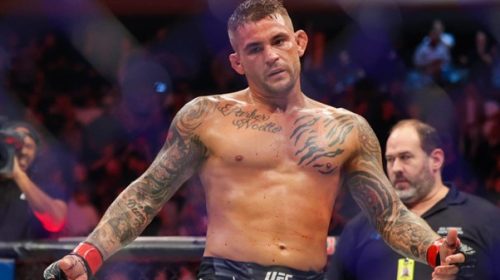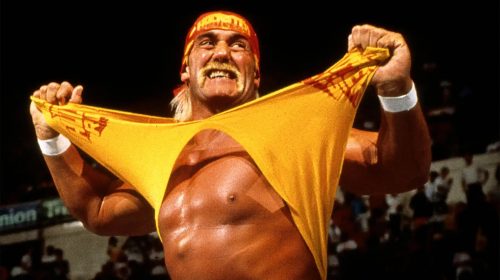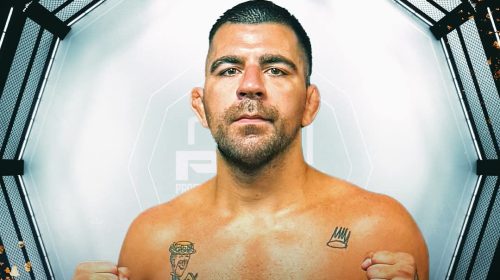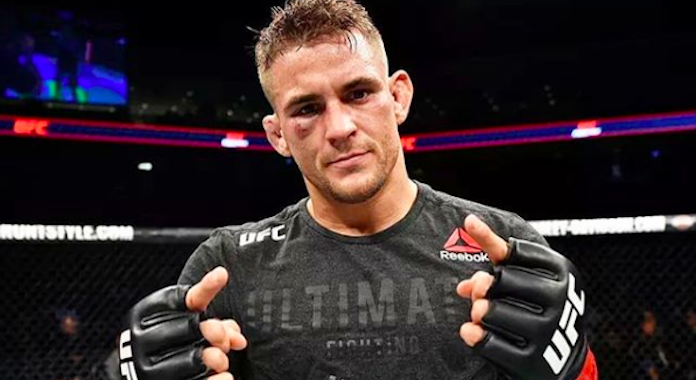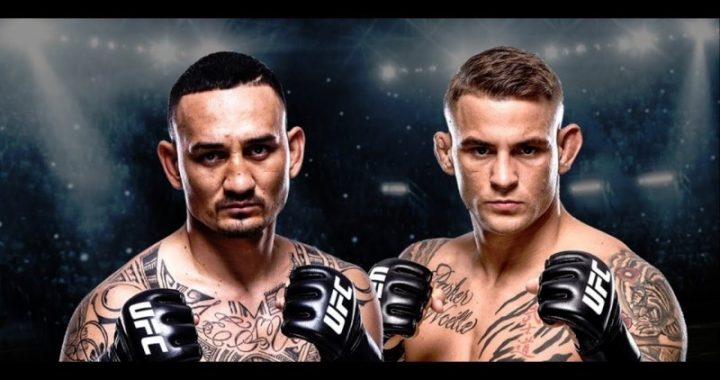
How MMA and the UFC went global – and what is next for the sport and its flagship company
It is nothing short of incredible how, hand-in-hand, the sport of MMA and the Ultimate Fighting Championship (UFC) have rapidly grown over the past 25-plus years.
While mixed combat-style events have been around since the early 20th century, particularly in Japan, most would agree that UFC 1 in November 1993 marked the true birth of MMA. Back then, nearly 26 years ago, no one, not even its founders, could have predicted what the sport or organisation would grow into.
That first event in Denver, Colorado – simply called The Beginning where rules and regulations were limited and weight classes and judges were non-existent – the winner, Brazilian jiu-jitsu star Royce Gracie, won $50,000. It attracted a higher-than-expected 86,000 pay-per-view buys and almost 8,000 people watched it in the arena.
Fast-forward nearly a quarter of a century to October last year and the lightweight title fight between Khabib Nurmagomedov and Conor McGregor saw both fighters earn a guaranteed $5 million between them in an event that attracted 2.4m pay per view buys from around the world.
2001: the turning point
So, how in 25 years did the UFC grow from a novelty form of violent entertainment into a global brand worth approximately $7 billion while transforming MMA into a mainstream sport?
While the first event garnered far more interest than anyone expected and the UFC progressively grew over the next eight years as MMA became more refined (with set weight classes, defined rules, and padded gloves), the real turning point came in 2001.
It was then that the UFC was taken over, at the cost of $2m, by a newly-formed group called Zuffa – led by the man still calling the shots: president Dana White.
In 2002, UFC 40, which pitted Tito Ortiz against Kem Shamrock, proved a pivotal moment for the company, such was Zuffa’s perilous financial position. Had the show lost money, there was every chance Zuffa would have cut their losses and sold the UFC. Instead, UFC 40 raked in the pay-per-view buys, claimed around $1.5m in gate receipts at the MGM Grand Garden Arena, and proved UFC shows could be profitable.
But there was much work to do to turn the UFC into the powerhouse it is today while taking MMA into the mainstream in the United States and beyond.
No ducking, no excuses
The UFC holds the position of being the premium MMA organisation, ensuring the world’s top fighters are contracted exclusively to them. This is a massive advantage over say boxing where boxers fight for titles under numerous councils and federations.
The UFC is uniform and synonymous with the MMA elite. The best has to fight the best if they want the title: no ducking, no excuses. It makes a welcome change to the politics and frustration of boxing.
So, they had created the blueprint for a sport that has since proved immensely popular and has continued to evolve over the years. Now they needed to spread awareness of MMA and the UFC to attract new fans and followers, and as with any good product seeking a larger audience, marketing was key to the UFC.
What the UFC have done so effectively over the years is to be smart with their marketing strategies, and so much of that has been based in digital blueprints and spotting online trends.
Forward-thinking and progressive
The UFC is among the most progressive and forward-thinking organisations in all of professional sports, with its roots and future ambitions placed firmly in the digital world.
They have fully utilized social media platforms, provided online streaming services, and created an online presence that makes the company, and MMA in general, accessible to fans all over the world.
Among its many strategic digital moves, the UFC has aligned itself with the cryptocurrency space following Litecoin’s sponsorship of UFC 232 – following the lead of numerous online merchants and crypto-accepting online casinos in getting involved with digital currencies.
Another key trend the UFC spotted that has immeasurably helped their rise was the increasing popularity of reality television. The launch of The Ultimate Fighter show – which sees talented prospects live in a house and compete for a UFC contract – gave MMA fans the opportunity to regularly immerse themselves in the sport without having to wait weeks or months for the next live event.
These are perfect examples of the UFC’s ability to look forward and understand the changing trends in popular culture and digital influences.
Data analysis
With such a wealth of data collected from their online platforms, it has allowed the UFC to make informed decisions regarding their expansion into new territories. This data can be easily analyzed to spot which parts of the world the UFC is growing in popularity, and even where specific fighters have larger fanbases, limiting the financial risk of staging shows in new countries.
Of the first 100 UFC shows, just 10 were held outside mainland United States. Compare that with the 42 shows that have been or will be staged in 2019, of which 19 will take place outside the US, taking in Far East Asia, the Middle East, and Europe. These locations have not been chosen in a fanciful attempt to take the UFC and MMA into new regions but based on data research that shows there is a demand in these regions.
So, with a growing global audience, the digital blueprint to retain and attract fans, and the data to minimize expansion risks, what is next for the UFC and MMA?
The future
White has made it clear that cracking China is a top priority. With a potential audience of 1.4 billion people, the UFC has already signed a partnership with China’s leading social media platform Weibo to leverage its 400m-plus users to generate further interest in the UFC. Again, a savvy, digital-based strategy to expand the UFC and get MMA in front of more fans. Only three shows have been staged in mainland China so far: expect that to change dramatically in the coming years.
For MMA, the sport still strives for wider legitimacy beyond the UFC and the other companies that house the sport, although this is rapidly changing. One proposal for MMA to be included in the Summer Olympic Games, yet there has been plenty of resistance so far.
Yet the best thing MMA can do for its future is to reach an increasing number of people, whether they be participants or spectators, and as the UFC continues to grow, so will the regard in which MMA is held.



